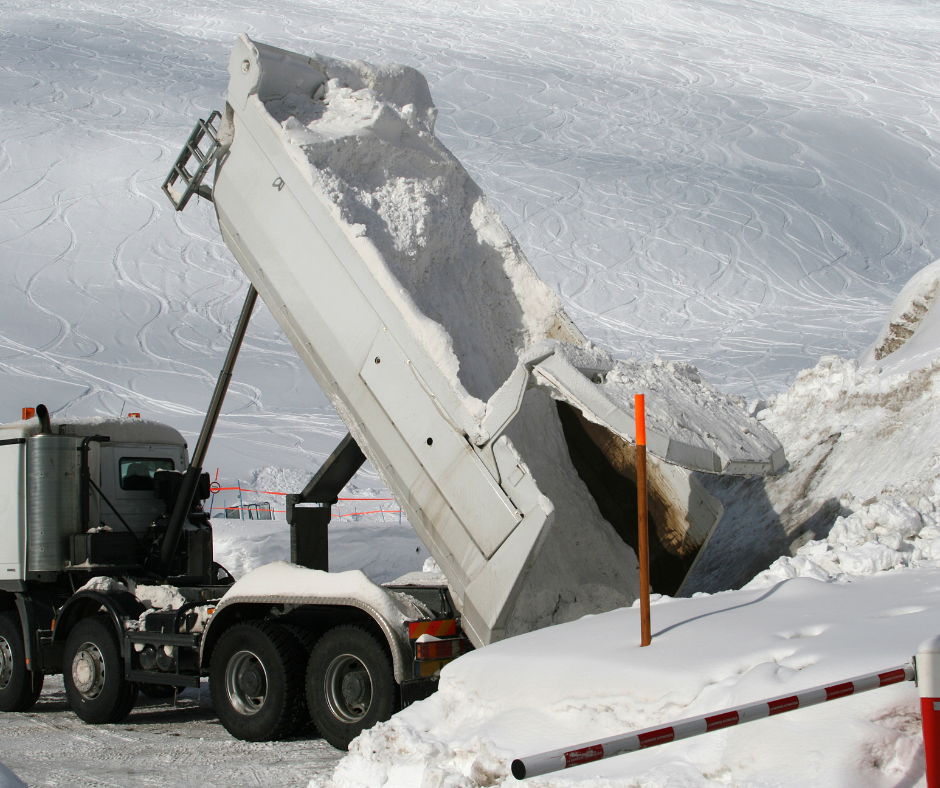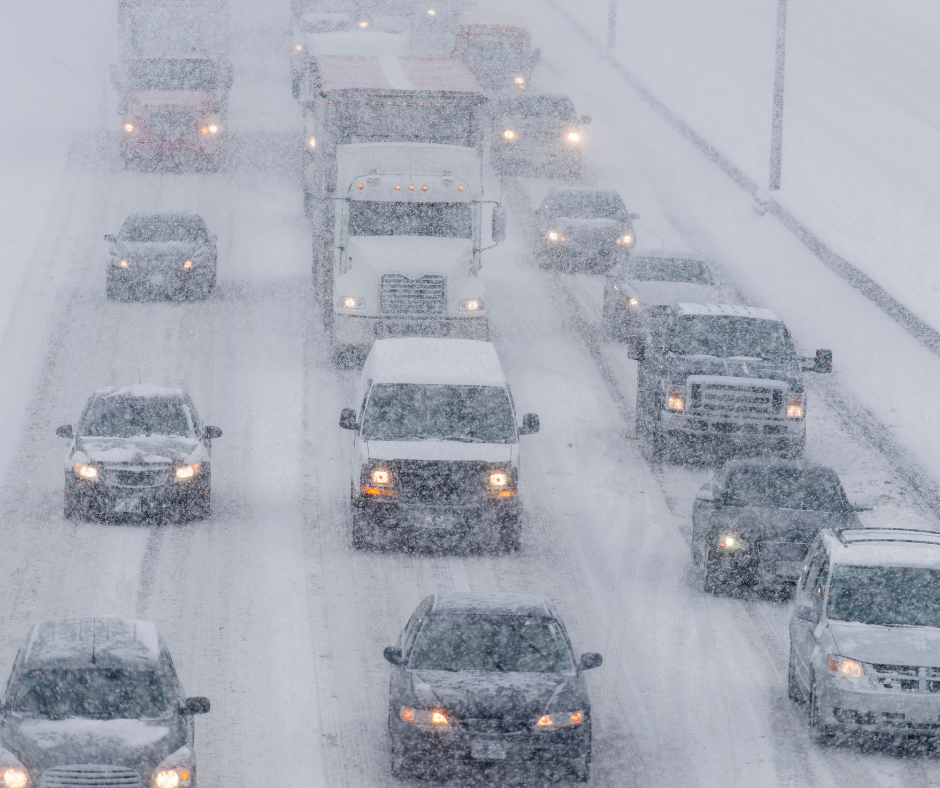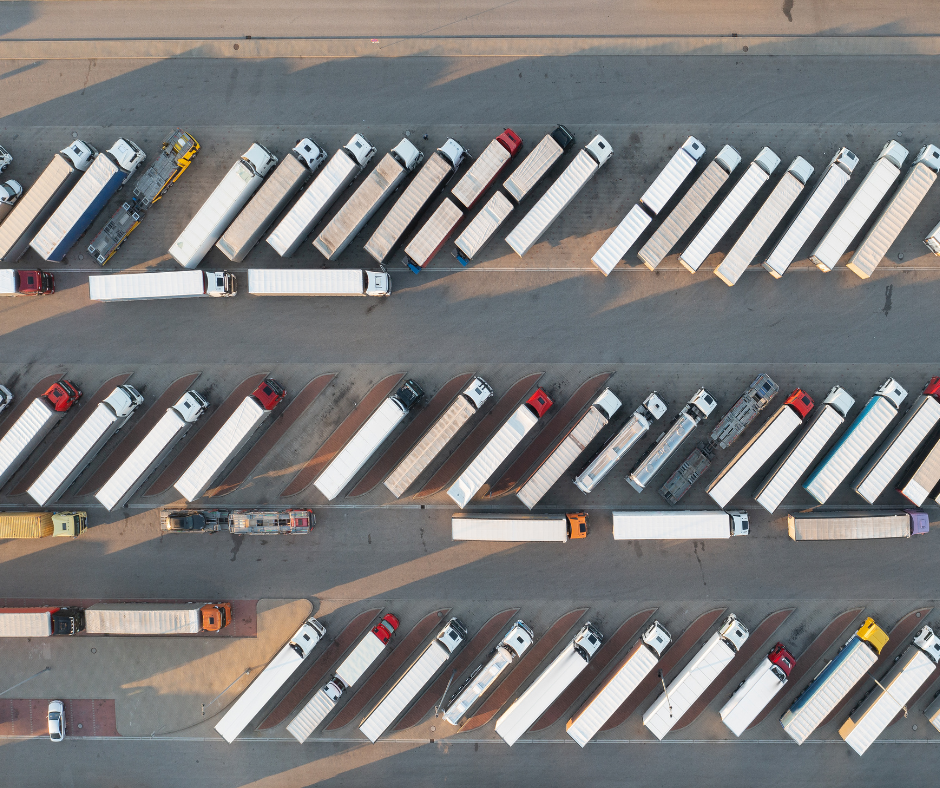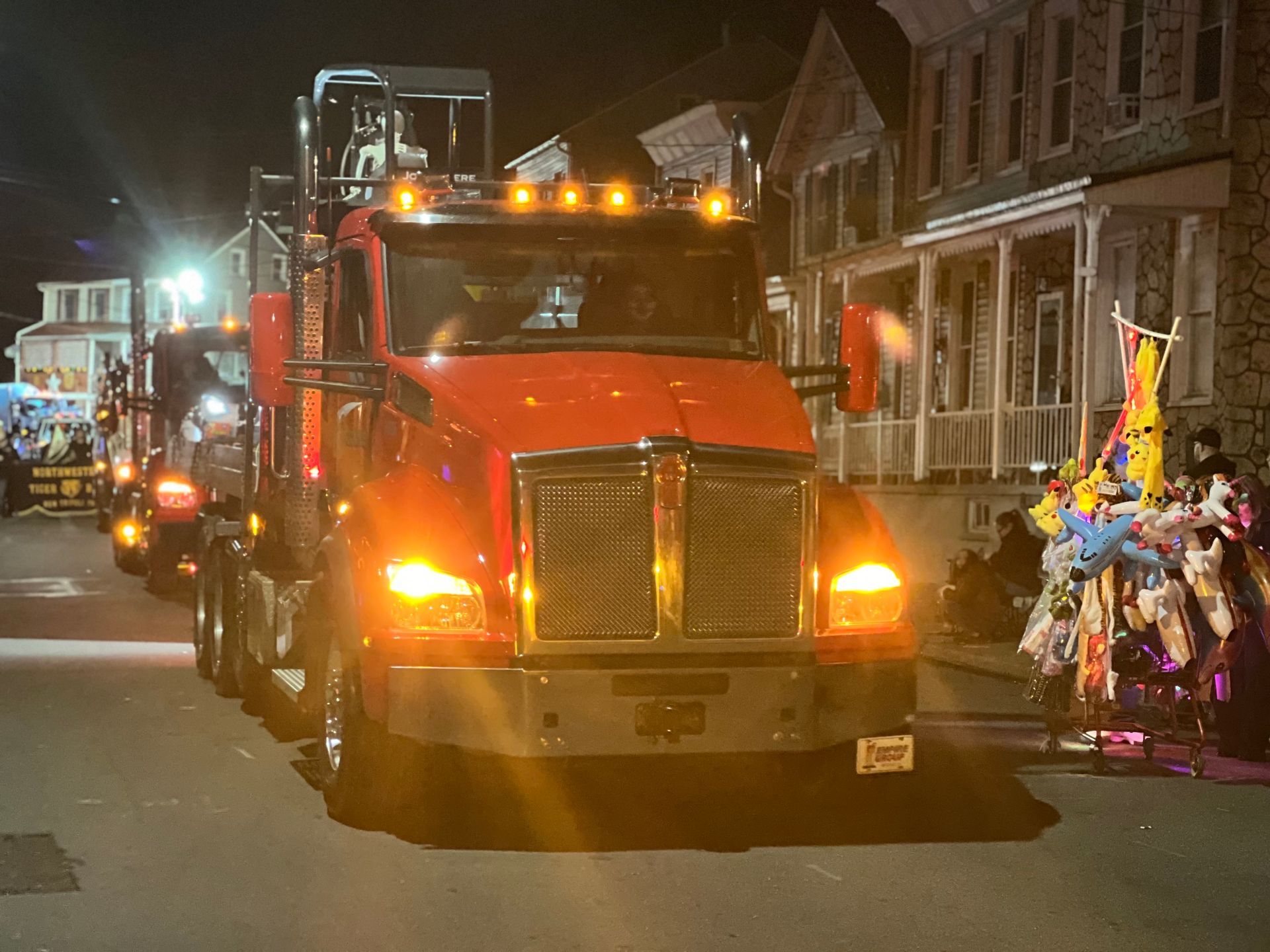Implementing Heavy Equipment Hauling Safety Procedures

Any company that hauls heavy equipment must follow the cargo securement rules issued by the Federal Motor Carrier Safety Administration. Failure to do so can result in vehicle violations and hefty fines. Yet, there are accidents caused by improperly secured equipment on trailers or loose machine parts fall off during transport. At DVC, we take the safety of our drivers and public very seriously. We implement heavy equipment safety procedures to help ensure a safe transport. Let’s take a look at some of these safety procedures.
1. Safe Loading of Equipment. This is the start of the journey for every truck driver. The right trailer (or heavy duty hauler) must be chosen to ensure the equipment will not only fit the trailer, but also stay secured. The driver must take into consideration numerous factors such as the height and weight of the equipment, oversize or overweight permit, and condition of trailer.
2. Appropriate Securing Devices. There are several types of devices used to secure the equipment to the trailer:
a. Tie-Downs
b. Chain
c. Hooks, Clamps or Ties
d. Blocking and Bracing
e. Chocks, Wedges or Cradles
f. Friction Mats (or Other Friction Devices)
The weight of the heavy equipment determines the type of securing device(s) and the how many to use. For example, heavy equipment must be secured using no less than four tie-downs with a working load limit of 5,000 pounds or more.
3. Choosing Appropriate Attachment Points. The equipment should have designated areas for tie-downs by the manufacturer (in addition to your own attachment points).
4. Ensure Attachments are Secured. Before transport, check to make sure the attachments (e.g., a boom) are lowered and secured as well as check doors, tailgates, tools, and spare tires.
5. Clear Visibility Around Truck. Once loaded, the driver must make sure the heavy equipment does not obscure his view – front, back and sides. The driver should also have free movement around the equipment (i.e., entering and exiting the tractor).
Our customers have peace of mind when using our trailers to transport their heavy equipment, whether it’s across town or across multiple states. We make sure our vehicles (tractors and trailers) are in optimal condition and ready for each season. Our drivers have the experience and training to secure heavy equipment to ensure a safe transport. Contact us today to schedule your next heavy equipment transport!
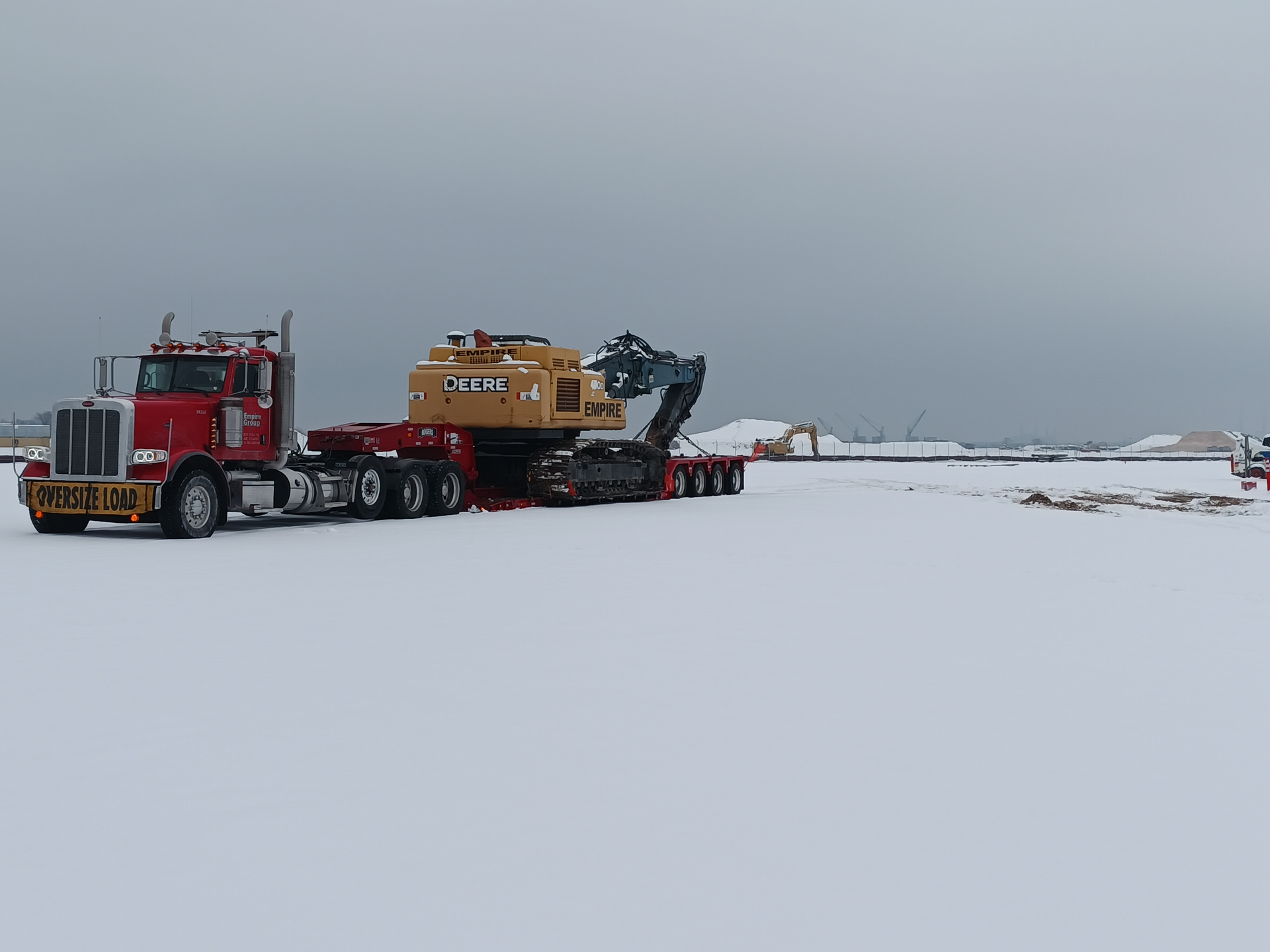

How DVC's Trailers Are Perfect for Transporting Mulch, Stone, Sand and Soil for Landscaping Projects


